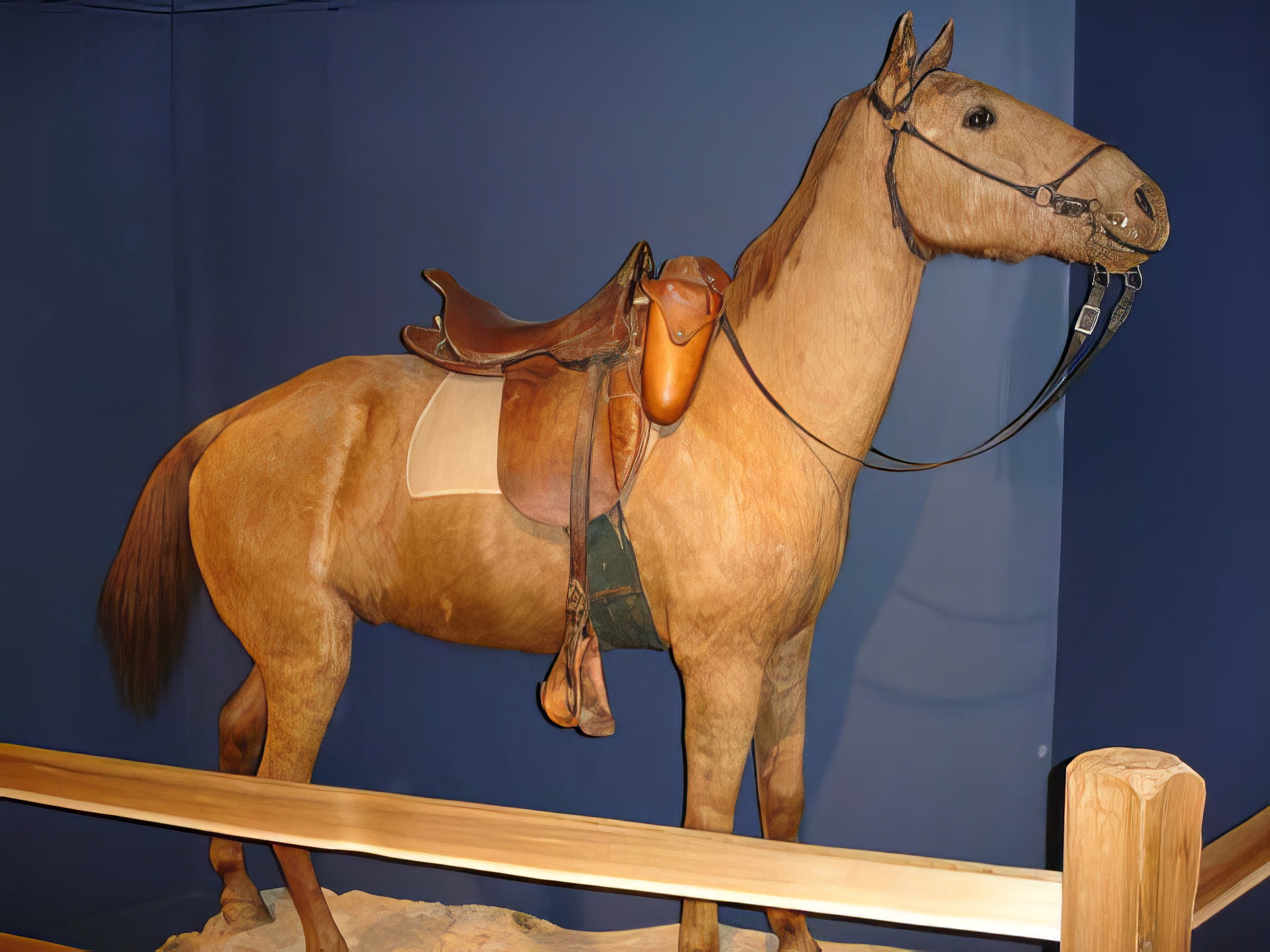

The province of New Mexico held a ready supply of horses for the taking. Innumerable bison provided an unending source of food, clothing, and shelter. The Comanche were secure as few other Native Americans had ever been.

Austin founded the first Anglo colony in the Mexican state of Coahuila and Texas, Comanchería extended from the Arkansas River in Kansas Territory, south to the Balcones Escarpment just north of San Antonio, Texas, and from present-day Fort Worth, west to the foothills of the Rocky Mountains. Young Texans are taught to revere their frontier ancestors for what they overcame, built, and subdued through violence, doggedness, resourcefulness, and a less celebrated quality, prolifigacy.Īfter exterminating the coastal Karankawas in less than three decades, and displacing the Caddo, Tonkawa, Lipan, and Wichita, Anglo-Texans encountered along the eastern edge of the Great Plains warriors whose ancestors had thwarted Spanish imperial designs in Texas for more than a century.īy 1823, when Stephen F. Hell, you wanna talk about rough? We had Comanches. TO A LARGE EXTENT, the Texas mythos of violence and audacity, and the perceived swagger that so often infuriates the rest of the world, stems from the fierceness of Comanche resistance to white settlement. But the Comanche held out, hunting on foot, eating grubs and rodents.įinally, in the spring and summer of 1875, the Comanche chiefs gathered their starving people and surrendered at Fort Sill, in Indian Territory. The Buffalo Soldiers of the Ninth and Tenth Cavalry harried the scattered bands throughout the fall, winter, and spring, skirmishing, burning lodges and food caches. The Southern Plains’ finest horsemen were now afoot without food or shelter. There, he allowed his scouts to select a few horses the rest were driven up a long draw and shot by cavalrymen. Rather than pursue, the ever-pragmatic Mackenzie drove the horses and mules twenty miles south into Tule Canyon. Mackenzie’s force killed only three warriors but he now had over eleven hundred horses and mules, hundreds of lodges, and the Indians’ winter food cache. The surprised warriors put up fierce resistance while their women and children escaped. Mackenzie’s Fourth Cavalry struck the next morning at dawn, stampeding the Indians’ remuda. Below them, Comanche, Kiowa, and Cheyenne lodges lined the canyon floor for miles hundreds of horses grazed the curing grass.

ON SEPTEMBER 27, 1874, Tonkawa scouts, under the command of Colonel Ranald Slidell Mackenzie, peered into a giant crevice in the High Plains that would come to be known as Palo Duro Canyon. On a table behind the lectern, along with gifts of blankets and small statues of war ponies, sat eight vessels - four pots and four pitchers - made of Tule Canyon clay and bones of the animal that transformed a peregrine Shoshone band from mountain dwellers to Comanche, Lords of the Plains. The cedar-studded foothills of the Wichita Mountains rose to the west. Students wearing jeans and boots, and Comanche elders in more traditional dress, mixed easily with faculty and administrators wearing suits, ties, and cowboy hats. Though their descendants still enjoy the economic benefits of their ruthlessness, apologies seem hollow without amends, and what amends can be made for the near destruction of a culture? The men guilty of planning and executing the ethnic cleansing of the Southern Plains are many generations gone. After half a century of sustained violence between the Comanche and encroaching Anglo-Texans, and the American triumphalism, rationalization, and indifference that followed and continue today, the two groups hoped to simply acknowledge what happened between their ancestors and ask each other for help in finding a way forward. ON AN OVERCAST SEPTEMBER AFTERNOON, 133 years after a way of life ended at Tule Canyon in the Texas Panhandle, a small delegation from Texas Tech University met with Comanche elders and representatives from Comanche Nation College at the Medicine Park Ceremonial Grounds near Lawton, Oklahoma.


 0 kommentar(er)
0 kommentar(er)
